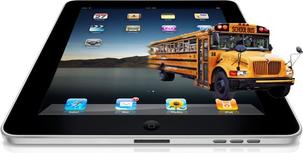All these things considered, this course has helped me to grow professionally because it has broadened by understanding of several concepts (i.e. social network learning, game-based learning, assistive technology, etc.) and piqued my interest in a social network learning which previously overwhelmed me. One of my administrators has actually ask me to be in charge of our school’s social media next year which at first brought on some anxiety because I’m not one of those millennials that documents every thought and moment; however, the module in this course opened my mind a little. It showed me the educational potential in embracing social networking, even though it’s not something that I utilize in my own life. Additionally, I have enjoyed working with Weebly. I’ve read a lot about Weebly on Pinterest, but I had never had the time to play around with it. I know that I want to create a classroom website next year, and I think that Weebly is a serious contender for my platform.
Of all the courses I have taken, this course, in my opinion, embraces the AECT standards. The practice of creating, using, assessing/evaluating, managing, and ethically utilizing educational technology was part of almost every module. From determining relative advantage in the first few modules to creating the three content-area projects, I was constantly using those five criteria to create and plan engaging technology-enhanced lessons and materials. Theory guided each project in that I knew I wanted students to take a very active role in their education. I wanted each activity to place students in an ownership role using constructivist techniques.
As for my blogging efforts, each of my entries were in a narrative style that were built on my experiences, opinions, and research. Truthfully, I could have focused more on incorporating research and citations to support; however, blogging in my mind has always been a bit more informal, so I struggled in that area. I do believe that I developed ten blog entries that were posted in a timely manner and rich in experience-based content. I also responded to two of my classmates’ blogs during the week that they were posted. All things considered, I believe that I met each criteria to the best of my ability except the readings and resources. Therefore, I would say that I earned 135/140.

 RSS Feed
RSS Feed
